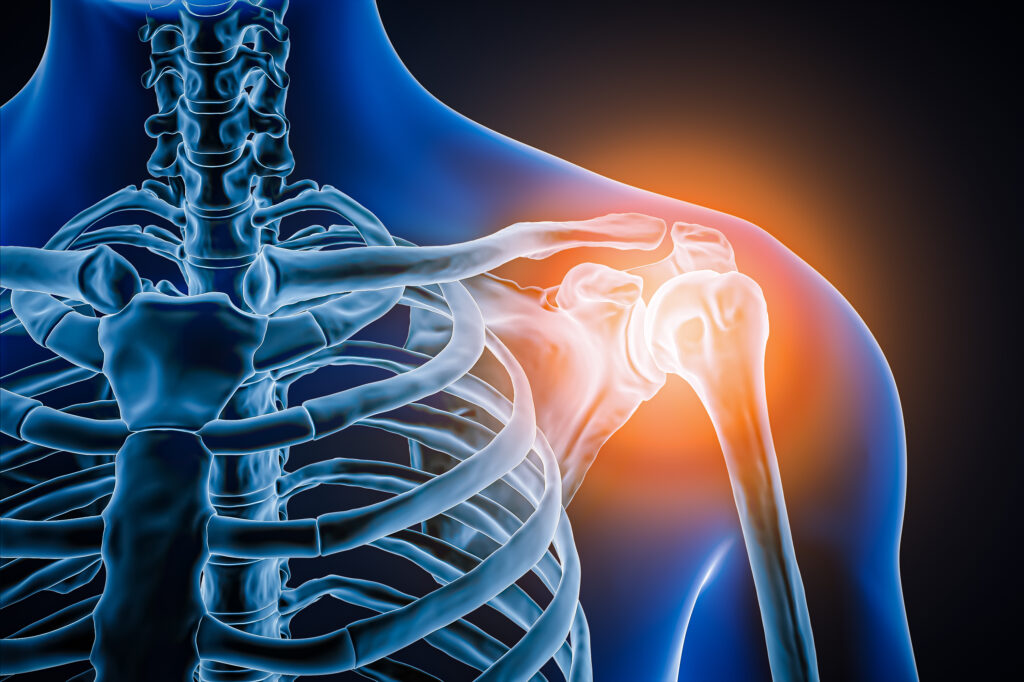Digital arthrodesis, particularly of the distal interphalangeal joint of the fingers, is a critical procedure in orthopedic surgery that aims to achieve a painless and stable union of the joint in a correct anatomical position. However, like any surgical intervention, it is not without its challenges. Complications such as nonunion, malunion, and deep tissue infections can pose significant risks to patient outcomes. In this context, recent research has turned its attention to the Shark Screw®, a human cortical bone allograft designed for osteosynthesis, as a novel alternative to traditional metal or bioabsorbable devices commonly used in orthopedic and trauma surgery.
The study investigates the primary hypothesis that the fusion and complication rates associated with the Shark Screw® are at least comparable to those reported in existing literature concerning metal or bioabsorbable screws. This is particularly important as surgeons continuously seek materials and methods that enhance patient safety and improve surgical outcomes.
The authors of this study include Christian Krasny, Christian Radda, Ralf Polke, Daniel Schallmayer, Gudrun H Borchert, and Christian Albrecht, all affiliated with the Orthopaedic Hospital Vienna-Speising. Their collaborative effort sheds light on the potential advantages of utilizing the Shark Screw® in arthrodesis procedures, contributing valuable insights to the ongoing discourse in orthopedic surgery.
As the field evolves, the introduction of innovative materials like the Shark Screw® could pave the way for safer and more effective surgical techniques, ultimately enhancing the quality of care provided to patients undergoing arthrodesis. The findings of this research are anticipated to inform future practices and decision-making processes in orthopedic surgery, particularly in the management of distal interphalangeal joint arthrodesis.
In conclusion, while challenges remain in the realm of arthrodesis, the exploration of alternatives such as the Shark Screw® represents a promising advancement in the surgical toolkit, potentially leading to improved outcomes and fewer complications for patients. The ongoing research and dedication of professionals in the field will undoubtedly continue to drive innovation and enhance the standards of care in orthopedic surgery.


